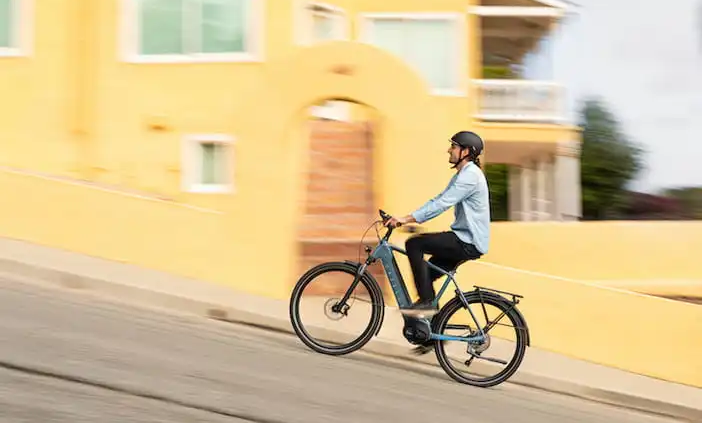Imagine a community where cars are no longer the primary mode of transportation but rather a place where walking, biking, and public transit are encouraged. This innovative concept, known as car-free neighborhoods, is gaining popularity as a way to improve residents quality of life, reduce traffic congestion and pollution, and create safer and more liveable communities.
Many cities around the globe are starting to adopt this approach, evaluating traditional development strategies that prioritize cars and highways. Cities around the world are embracing the idea of creating neighborhoods where cars are not the primary mode of transportation. Some of the cities leading the way are as follows:
Copenhagen, Denmark
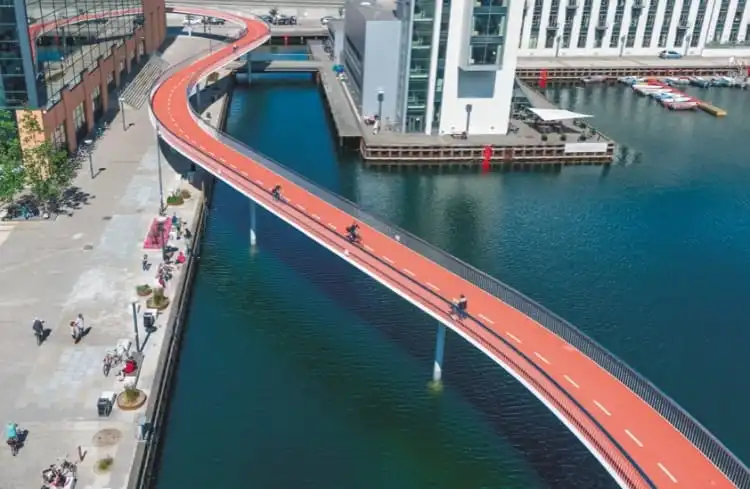
Copenhagen, the capital of Denmark, is known for its efforts to promote sustainable urban development and biking as a primary mode of transportation. With a goal of becoming carbon neutral by 2025, the city has implemented a range of policies and initiatives to encourage biking, including building more bike lanes, offering free bikes to residents through a bike-sharing program, and prioritizing biking in urban planning. Over 60% of residents commute to work or school by bike, making it a normal and practical mode of transportation and integral to the city’s culture and identity. Copenhagen’s focus on biking has created a more sustainable, livable, and enjoyable city for its residents.
Montreal, Canada
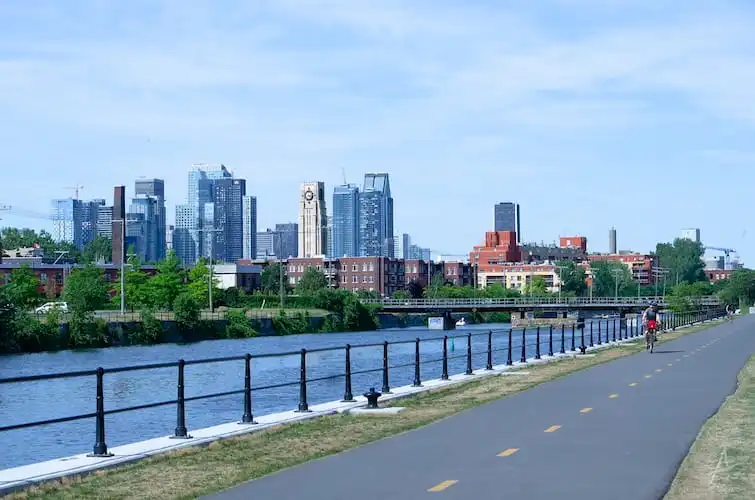
In Montreal, major streets are closed to cars during the summer months, making it more enjoyable for residents to walk and bike around the city. The government also supports the development of the bike industry through tax cuts and subsidies while consistently improving bike infrastructure by building more lanes, paths, and trails.
The city of Montreal has also invested in improving bike infrastructure, and building more bike lanes, paths, and trails to make it easier and safer for residents to bike around the city. For example, the city builts a network of separated bike lanes called the “Réseau Express Vélo” (REV), which provides a direct and safe route for cyclists across the city. The city has also installed bike racks and bike share stations in strategic locations to encourage people to use bikes for short trips.
San Francisco, USA
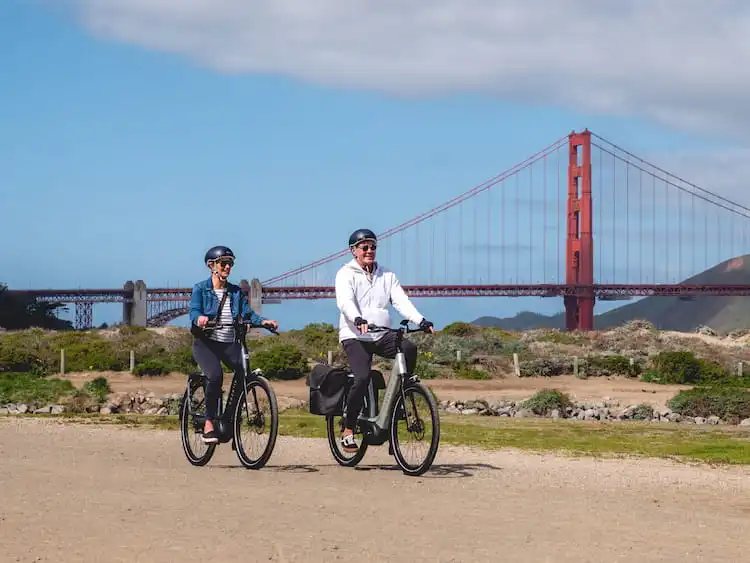
San Francisco, California, is another city embracing car-free neighborhoods. The city is building more bike lanes, sidewalks, and pedestrian-friendly streets while investing in a public transit system that makes it easier for residents to get around without a car. High-tech companies are also incentivizing their employees with high-quality bikes instead of traditional company cars.
Oslo, Norway
Oslo’s city center is car-free, with only electric buses, trams, and taxis allowed. The city has also invested in bike infrastructure, including bike lanes and rental bikes, and offers financial incentives for electric bike purchases.
Madrid, Spain
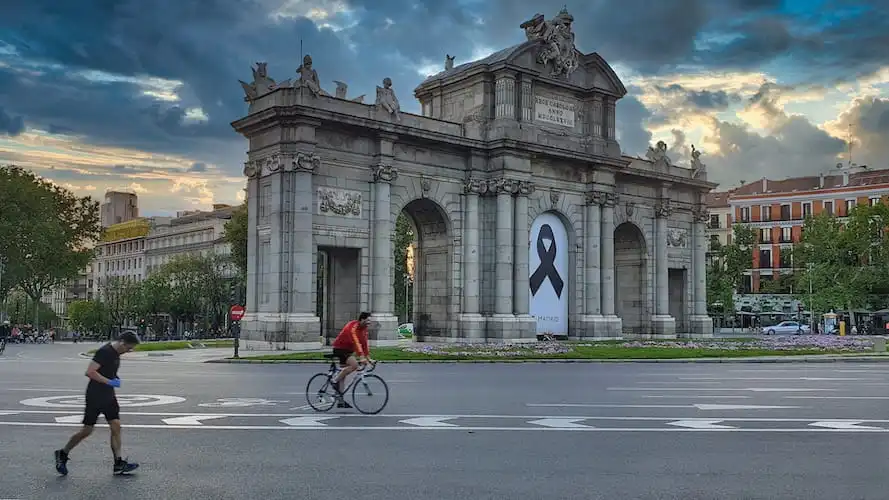
Madrid’s “Madrid Central” initiative restricts access to cars in certain areas of the city center, making it more pedestrian-friendly. The city has also implemented bike lanes and a public bike rental program.
Paris, France

Paris’s car-free initiative, “Paris Respire,” closes certain roads in the city to cars on weekends and holidays, and the city has also implemented bike lanes and a public bike rental program.
Bogota, Colombia
Bogota’s “Ciclovia” program closes certain roads to cars on Sundays and holidays, allowing residents to bike, walk, or run on the streets. The city has also implemented a successful public transit system and bike lanes.
Melbourne, Australia
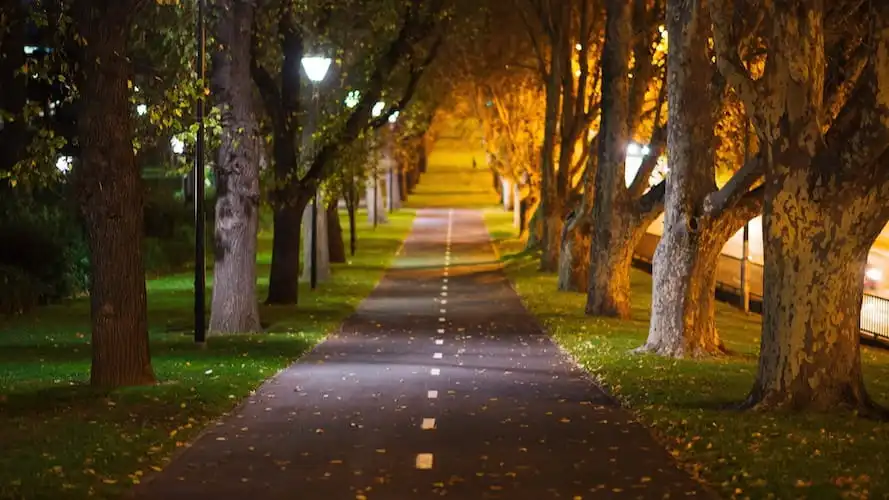
Melbourne has implemented a “Greenline” plan, which includes a network of bike lanes and walking paths, as well as electric public transportation options.
Key components – Electric bikes
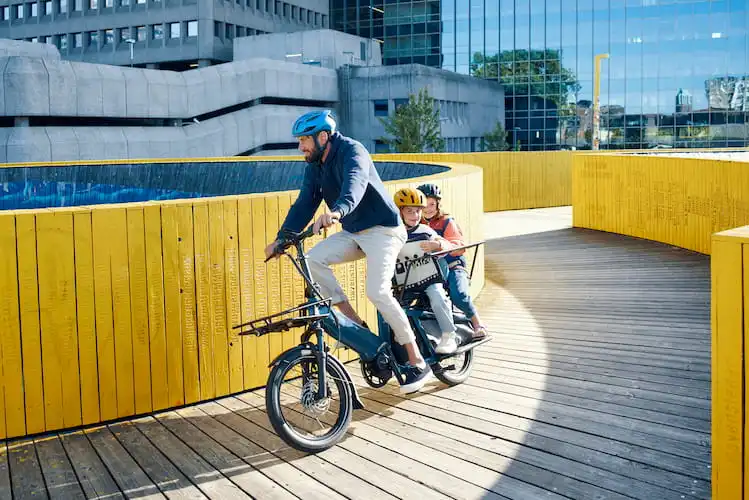
One of the key components of these car-free neighborhoods is the use of electric bikes or e-bikes. E-bikes have been hailed as a key component in creating sustainable and efficient car-free neighborhoods.
Alternative to cars
Firstly, e-bikes are an excellent alternative to traditional cars. E-bikes are powered by a rechargeable battery, which provides a boost of power to the rider, making it easier to navigate hills, headwinds, and other challenges. They are also much more compact than cars, making them easier to park and store and take up less space on the road. With e-bikes, residents can travel around their neighborhoods quickly and easily without having to rely on cars.
Environmentally friendly mode of transportation
Secondly, e-bikes are an environmentally friendly mode of transportation. They emit zero greenhouse gases and reduce noise pollution. In car-free neighborhoods, e-bikes can play a key role in reducing the number of cars on the city road, which in turn, reduces traffic congestion and improves air quality. Residents of car-free neighborhoods can enjoy cleaner air and a healthier environment by relying on e-bikes for transportation.
Active and healthy lifestyle
Thirdly, e-bikes are a great way to promote an active and healthy lifestyle. Without the shallow convenience of cars, residents are more likely to walk or bike, which can lead to increased physical activity and improved health. E-bikes can be a great alternative for longer distances and can be ridden by people of all ages and fitness levels. They also provide a low-impact form of exercise, which can be beneficial for individuals with joint pain or other mobility issues.
Money saving
In addition to these benefits, e-bikes can also help to save money. Cars are expensive to purchase, maintain, and insure, and by relying on alternative forms of transportation, individuals can save money on these costs. By spending the money within the local economy instead of spending it on the upkeep of your vehicle, you provide a huge economic benefit to local businesses.
Sense of community
Lastly, e-bikes can promote a sense of community. Without cars, streets are more conducive to socializing and community gatherings, as there is less noise and pollution. Restaurants and bars can extend their outdoor patios onto the street to increase capacity. This can help to create a stronger sense of community and foster a more connected and engaged population.

